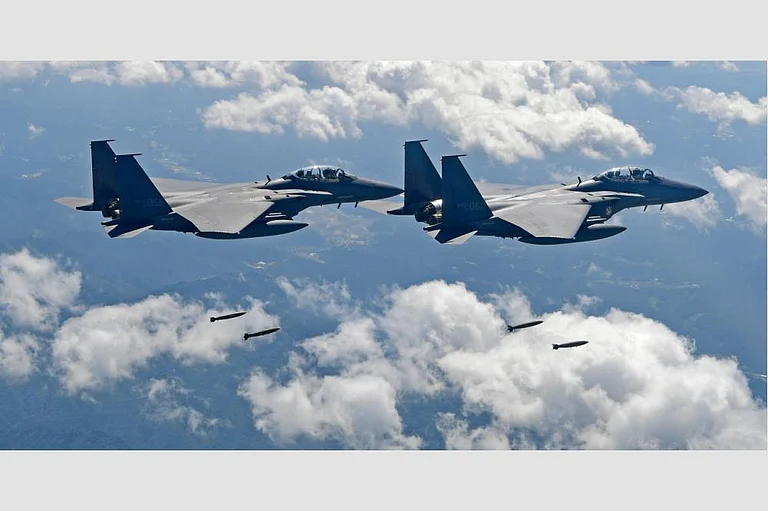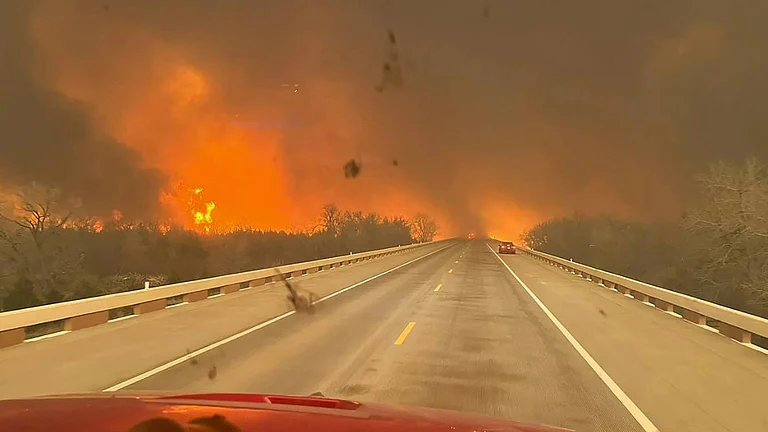A powerful winter storm brought heavy snowfall to certain Western regions on Monday, while much of the central U.S. experienced unusually warm temperatures. In Wisconsin, people were out playing golf, and in Iowa, residents comfortably strolled with their dogs, even spotting some early blooming bulbs. However, high winds increased the risk of fires in several states.
Three factors contributed to the unusual weather across much of the United States.
The Jet Stream
The jet stream, a band of strong winds, typically traps warm air from the south beneath cold air descending from the north. Its position fluctuates regularly. Lately, it has been situated farther north than usual, resulting in warm air enveloping the typically cold Upper Midwest.
Andrew Orrison, a meteorologist from the National Weather Service in College Park, Maryland, noted, “The orientation of it right now is not very winter-like.”
Global Warming
In the realm of weather science, directly linking any single phenomenon to a particular cause is exceedingly challenging. The impact of global warming on the jet stream's position exemplifies this complexity.
However, human-induced climate change, fueled by activities emitting greenhouse gases like carbon dioxide, is leading to above-average global temperatures. In January 2024, for instance, records were broken for the warmest first month of the year, surpassing the previous record set in 2020, as reported by the Copernicus Climate Change Service of the European Space Agency. January temperatures exceeded pre-industrial levels by 2.74 degrees Fahrenheit.
El Niño
Another contributing factor is the weather phenomenon known as El Niño, which can influence the positioning of the jet stream to shift farther north than typical.
By mid-week, warmer weather is forecasted to reach the East Coast, with cities such as Washington and New York anticipating temperatures significantly above average.
Southern regions are also encountering unusually warm conditions, with temperatures possibly reaching the 80s and 90s Fahrenheit. Dallas-Fort Worth is expected to experience temperatures at least in the low 90s, potentially breaking daily records.




























